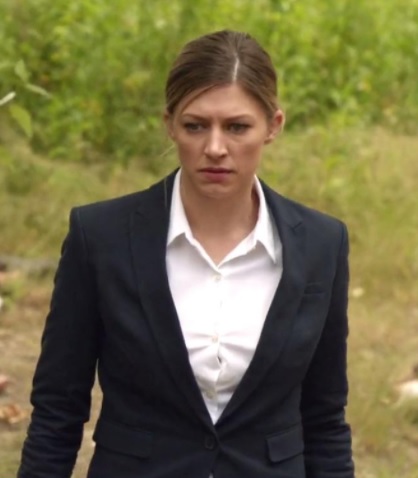Instead of actual pages, here are misc. entries regarding the subject of animated films in my universe, which bears many parallels to
@OldNavy1988's
American Magic.
And You Thought It Would Fail
- During the Twilight Era at Disney, films that were based on fairy tales and literature were more popular than Disney's original stories. This perception was especially true with the underperformance of
All Dogs Go To Heaven compared to
The Little Mermaid and
Beauty and the Beast. However,
The Lion King would go on to be one of the best reviewed and financially successful animated films of all time.
-- Later on,
The Lion King: Simba's Pride was not expected to be particularly well liked. A perception especially true after
The Rescuers, a sequel to
101 Dalmatians, was not as well liked or known. As such, Disney put more effort into
Mulan and the then-proposed
Kingdom of the Sun. However, the end product would end up becoming considered one of the best animated movie sequels ever made. While the other two films were well liked, they were not considered as remarkable as Disney executives hoped. As Don Bluth put it, "It was like when the team's best pitcher gives the opponent a home run."
Genre Killer
- During the 2000s into the 2010s, animation in cinema was almost entirely dominated by the All CGI Cartoon. This was especially the case since the smash hit that was Pixar's
Toy Story, followed by the success of
Shrek thanks to Dreamworks. The latter became especially popular thanks to the Fractured Fairy Tale replacing the Animated Musical as the go-to story genre during the 2000s. Unfortunately, the latter genre eventually became over-saturated with the genre. Which was considered inferior to other genres due to its reliance on crude humor and dated pop culture jokes [note: That said, the latter part is mostly Franchise Original Sin, as Lord Farquaad was a caricature of the recently assassinated John K for instance]. It eventually reached the point that Dreamworks abandoned the genre beginning with
Kung Fu Panda in 2008. Not helping was first the allegations of John Lassetter's sexual misconduct in 2010, which were eventually confirmed in 2015. Followed by Sony's
The Emoji Movie the same year causing its animation studio to close down. Today, CGI in Animated Films are mainly used for extra effects or exceptionally detailed objects like steam locomotives. Whereas only Pixar and Blue Sky-Illumination use all CGI for the majority of their movies. Even then, it's mostly an artistic choice in the latter's case.

